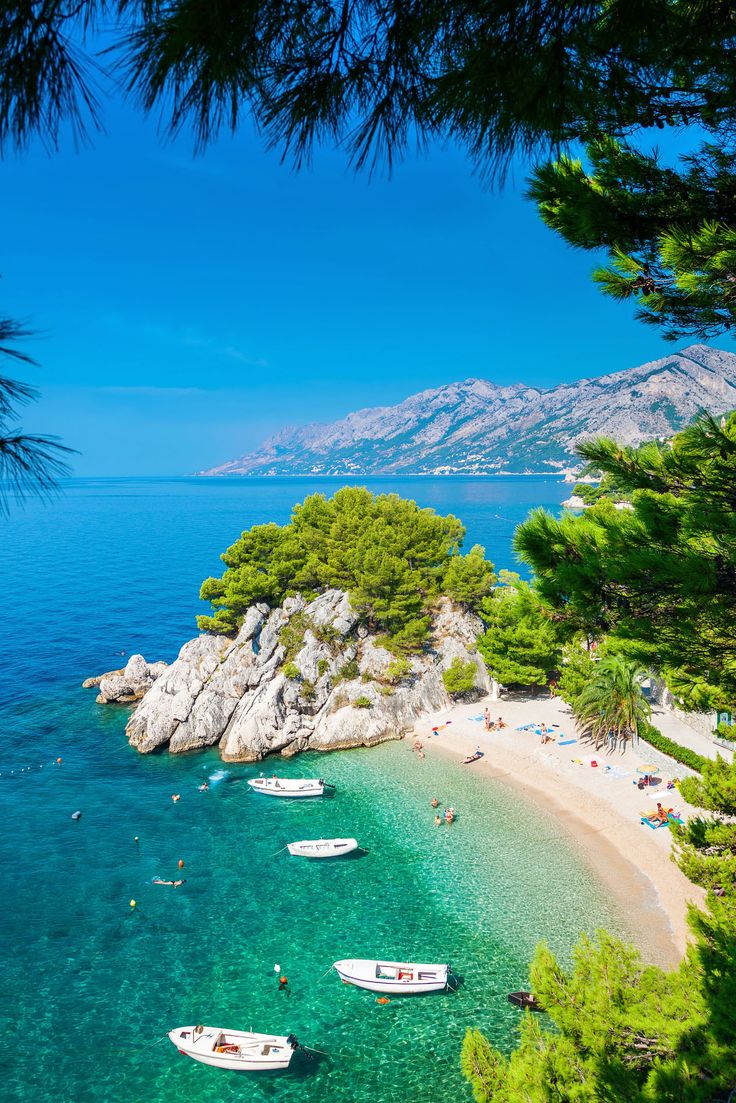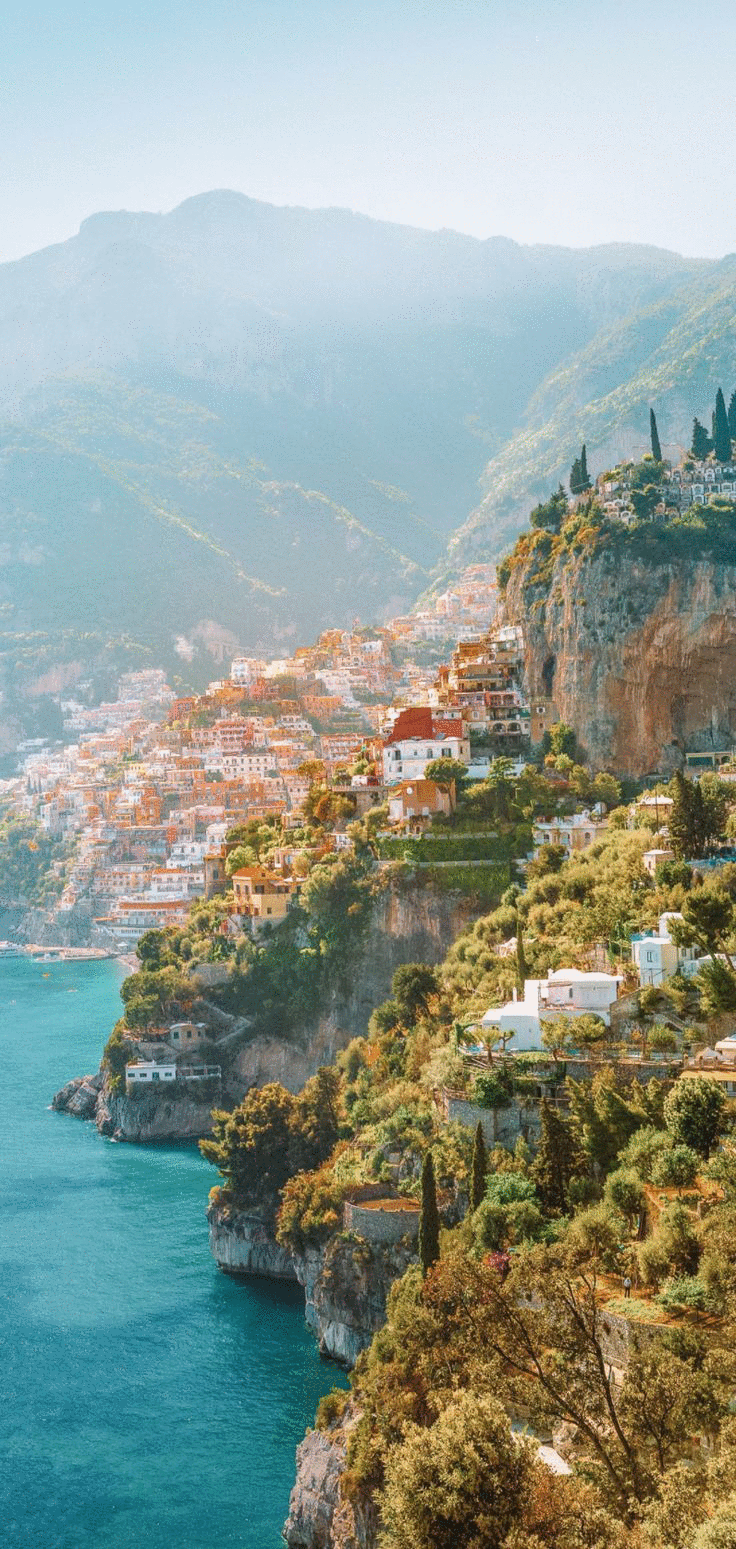Dubrovnik, Croatia: The Jewel of the Adriatic
Dubrovnik, often referred to as the “Pearl of the Adriatic,” is one of Croatia’s most famous and historically rich cities. Nestled along the southern coast of the Adriatic Sea, Dubrovnik is a UNESCO World Heritage site renowned for its stunning medieval architecture, rich cultural heritage, and its role as a key Mediterranean trading hub. This picturesque city, with its well-preserved old town, captivating cobbled streets, and impressive city walls, is a must-see destination for travelers seeking history, culture, and natural beauty. Let’s explore what makes Dubrovnik so special and why it continues to attract millions of visitors each year.
A Glimpse into History
The history of Dubrovnik dates back to the 7th century, though it gained prominence in the 12th and 13th centuries when it was known as Ragusa. As a maritime republic, Dubrovnik flourished through trade and diplomacy, establishing itself as a powerful and independent city-state. The city’s impressive city walls were built during this period to protect against invading forces, and they remain one of Dubrovnik’s most iconic features today.
Throughout its history, Dubrovnik has been a crossroads of cultures, influenced by both Western and Eastern civilizations. The city’s strategic location made it a key player in Mediterranean commerce, and it maintained its independence for centuries despite being surrounded by more powerful neighbors. In 1808, Dubrovnik was incorporated into the Napoleonic Kingdom of Italy, and later, it became part of Yugoslavia after World War II.
Dubrovnik’s rich history has been carefully preserved, with many of its ancient buildings and landmarks still standing today. The city’s Old Town, encircled by a series of defensive walls, remains one of the most complete medieval cities in the world.
Daily Life and Impact
Life is influenced by its rich cultural heritage, its vibrant tourism industry, and its status as a UNESCO World Heritage site. The Old Town, a pedestrian-only zone, is a bustling hub filled with visitors, locals, and small businesses. Its narrow alleys, centuries-old churches, and medieval architecture create an atmosphere of timeless charm.
For It’s residents, daily life revolves around both the tourism industry and the preservation of their cultural identity. Many locals work in the tourism sector, whether in hospitality, tour guiding, or as artisans selling traditional goods. The city’s economy heavily relies on visitors who come to admire its beauty and explore its historical landmarks. However, Dubrovnik’s residents have also worked hard to balance this influx of tourists with the need to preserve the city’s authentic character and heritage.
One of the most notable features of daily life in Dubrovnik is the close-knit community, where neighbors know each other well, and local events such as festivals and cultural celebrations are highly valued. The Summer Festival, for example, is a major cultural event in Dubrovnik, attracting artists, musicians, and performers from all over the world to showcase their talents.
Significance
Cultural Significance: It is a city that celebrates its cultural diversity and history, proudly showcasing its traditions through music, art, and architecture. The city’s Gothic, Renaissance, and Baroque buildings reflect the influence of various cultures, from the Venetians to the French. The Dubrovnik Summer Festival, which has been held since 1950, is an important cultural event that brings together international artists and audiences, reinforcing the city’s global artistic reputation.
Historical Significance: It’s history as a maritime republic and a center of trade in the Mediterranean has shaped not only Croatia but also the broader region. The city’s diplomatic policies, particularly its neutrality, allowed it to thrive during times of conflict, and its powerful merchant fleet was a dominant force in Mediterranean trade. Today, Dubrovnik’s Old Town serves as a reminder of its golden age, preserving both the city’s rich history and its role in shaping the Mediterranean world.
Tourism Significance: As a UNESCO World Heritage site, Dubrovnik attracts millions of visitors annually. Its well-preserved medieval architecture, stunning coastal views, and historical significance make it a popular destination for tourists from around the globe. The city’s importance as a cultural and historical hub boosts Croatia’s economy, drawing people to explore its ancient walls, visit museums, and enjoy the stunning landscapes that surround it.
Environmental Significance: It is situated in an area of remarkable natural beauty. The city is surrounded by the crystal-clear waters of the Adriatic Sea and lush hills, creating a stunning contrast with the city’s ancient stone buildings. Efforts to preserve the city’s natural surroundings and biodiversity are critical, as tourism puts pressure on the environment. Dubrovnik is actively engaged in sustainable tourism practices to minimize its ecological impact and maintain the beauty of the region for future generations.
Fun Facts
- The Walls of Dubrovnik: The iconic city walls of Dubrovnik are nearly 2 kilometers long and date back to the 13th century. They were designed to protect the city from invaders and are considered one of the best-preserved defense systems in Europe.
- Game of Thrones Filming Location: Dubrovnik served as the primary filming location for King’s Landing in the popular TV show Game of Thrones. Fans from around the world flock to the city to see the locations used in the series.
- Cultural Heritage Site: Dubrovnik’s Old Town has been a UNESCO World Heritage site since 1979, recognized for its outstanding universal value and exceptional preservation of its medieval urban fabric.
- A City of Churches: Dubrovnik is home to over 30 churches, many of which date back to the 12th century. The city’s religious heritage is an important part of its cultural fabric, with churches such as the Church of St. Blaise and the Cathedral of the Assumption of the Virgin Mary being central to its history.
- Striking Architecture: Dubrovnik’s Old Town is a stunning example of Mediterranean architecture, with its stone buildings, terracotta roofs, and narrow streets providing a picturesque setting that has captured the imaginations of artists, writers, and filmmakers.
FAQs
Q: When is the best time to visit?
A: The best time to visit Dubrovnik is during the spring and fall months, from April to June or September to October. During these months, the weather is pleasant, and the city is less crowded compared to the peak summer months.
Q: How long should I stay?
A: A 3 to 4-day stay in there is ideal to explore the city’s Old Town, walk along the city walls, visit museums, and take day trips to nearby islands. You can also experience local events and cultural festivals during this time.
Q: What are some must-see attractions?
A: Key attractions in there include the Old Town, the city walls, the Rector’s Palace, Fort Lovrijenac, and the Stradun. The Dubrovnik Cable Car offers stunning views of the city and surrounding coastline.
Conclusion: Lasting Impact on Society
Dubrovnik is a city that blends rich history, cultural significance, and natural beauty into a unique and captivating destination. It stands as a beacon of Croatia’s heritage and a testament to the resilience of its people. From its medieval city walls to its vibrant cultural scene, Dubrovnik continues to inspire visitors and residents alike. As a UNESCO World Heritage site, it remains an important symbol of Croatia’s past, present, and future.
Wishing You a Memorable Journey: Whether you’re exploring its historic streets, enjoying its stunning views, or experiencing the city’s lively cultural events, Dubrovnik promises a journey full of wonder and discovery.










